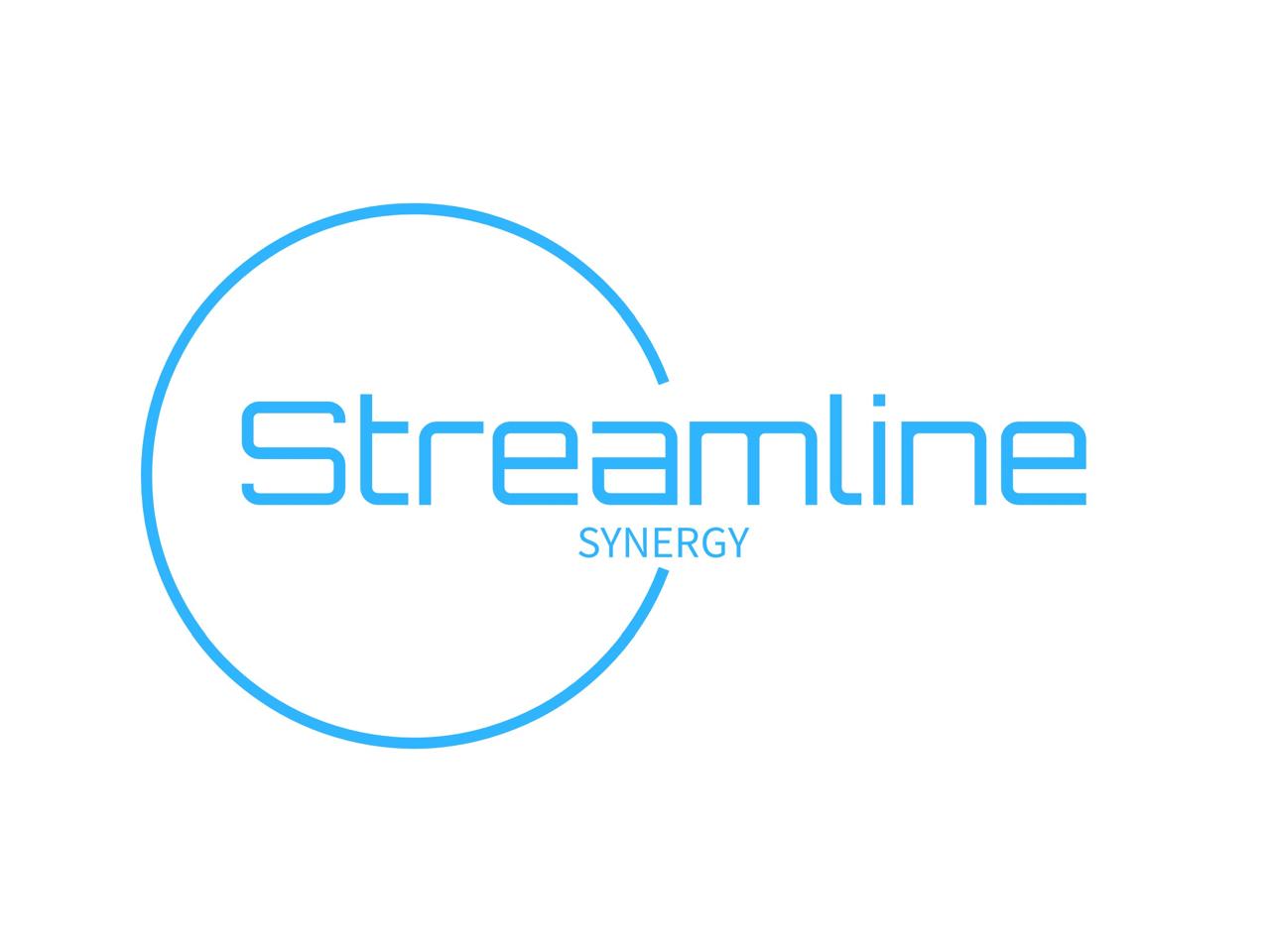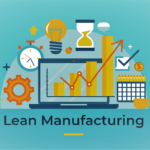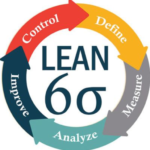
In the realm of process improvement methodologies, Lean and Six Sigma are two of the most widely recognized and utilized approaches. While they share the common goal of enhancing organizational efficiency and effectiveness, they differ in their core principles, applications, and approaches. This comprehensive guide will delve into the nuances of Lean and Six Sigma, highlighting their distinct characteristics and helping you understand which methodology may be most suitable for your organization.
1. Introduction to Lean and Six Sigma
1.1 Lean Methodology
The Lean methodology, also known as Lean Thinking or simply Lean, is primarily concerned with maximizing efficiency by eliminating waste in processes. Waste, in this context, refers to any activity or step that does not add value to the final product or service from the customer’s perspective. Lean practitioners strive to streamline operations, reduce delays, errors, and unnecessary steps, ultimately aiming to deliver maximum value with minimal resources.
1.2 Six Sigma Methodology
On the other hand, Six Sigma is a methodology that focuses on achieving consistent quality and reducing process variation. It is grounded in statistical analysis and aims to identify and eliminate defects or errors that may occur during the production or service delivery process. By minimizing variability and improving quality, organizations can enhance customer satisfaction and reduce costs associated with rework, waste, and customer dissatisfaction.
2. Key Principles and Approaches
2.1 Lean Principles
The core principles of Lean methodology revolve around waste reduction and continuous improvement. Lean practitioners follow several guiding principles to achieve these objectives:
- Value: Identify and understand what customers perceive as value and align processes accordingly.
- Value Stream: Map and analyze the end-to-end flow of activities, materials, and information, identifying value-adding and non-value-adding steps.
- Flow: Streamline processes to ensure smooth and uninterrupted flow, eliminating bottlenecks and delays.
- Pull: Establish a demand-driven system to avoid overproduction and unnecessary inventory.
- Perfection: Strive for continuous improvement and the pursuit of perfection by constantly evaluating and enhancing processes.
2.2 Six Sigma Approaches
Six Sigma methodology employs two primary approaches: DMAIC (Define, Measure, Analyze, Improve, Control) and DMADV (Define, Measure, Analyze, Design, Verify). These approaches provide a structured framework for problem-solving and process improvement:
- DMAIC: The DMAIC approach is used when addressing existing processes that require improvement. It involves defining the problem, measuring current performance, analyzing root causes, implementing improvements, and establishing control mechanisms to sustain the improvements.
- DMADV: The DMADV approach is employed when creating new processes or products. It involves defining customer requirements, measuring and analyzing process alternatives, designing the optimal solution, and verifying its effectiveness through pilot testing or simulation.
3. Focus Areas and Applications
3.1 Lean Focus Areas
Lean methodology can be applied across various industries and sectors, including manufacturing, healthcare, services, and software development. Its key focus areas include:
- Waste Reduction: Lean aims to eliminate or minimize eight forms of waste, often referred to as TIMWOODS: Transportation, Inventory, Motion, Waiting, Overprocessing, Overproduction, Defects, and Skills underutilization.
- Process Efficiency: Lean practitioners analyze and optimize processes to enhance efficiency, reduce cycle times, and improve productivity.
- Value Stream Mapping: By visually mapping the end-to-end flow of activities and information, Lean practitioners identify areas for improvement and streamline processes.
- Kaizen: Lean promotes a culture of continuous improvement, encouraging employees at all levels to contribute ideas and suggestions for enhancing processes and eliminating waste.
3.2 Six Sigma Applications
Six Sigma methodology finds extensive application in industries where process variability has a significant impact on quality and customer satisfaction. Key areas where Six Sigma is commonly applied include:
- Quality Improvement: Six Sigma focuses on reducing defects, errors, and process variations, thereby improving product and service quality.
- Data-Driven Decision Making: Through rigorous data analysis and statistical tools, Six Sigma facilitates informed decision-making based on objective evidence.
- Process Capability Analysis: Six Sigma practitioners measure and assess process capability to identify areas for improvement and set performance targets.
- Root Cause Analysis: By employing various problem-solving techniques, Six Sigma professionals identify the root causes of defects or errors and implement effective solutions.
4. Leadership and Organizational Structure
4.1 Lean Leadership
In Lean organizations, leadership is decentralized and distributed across all levels. Lean principles encourage every employee to actively participate in process improvement initiatives and contribute to the organization’s success. Lean leaders foster a culture of collaboration, continuous learning, and accountability, empowering employees to take ownership of their work and drive positive change.
4.2 Six Sigma Leadership
Six Sigma methodology follows a more hierarchical leadership structure, with professionals trained at different levels of expertise. This includes Yellow Belts, Green Belts, Black Belts, and Master Black Belts, each responsible for different aspects of process improvement initiatives. Six Sigma leaders often mentor and guide project teams, ensuring the successful completion of improvement projects and sustained results.
5. Compatibility and Integration
5.1 Lean and Six Sigma Integration
Recognizing the complementary nature of Lean and Six Sigma, many organizations have embraced a combined approach known as Lean Six Sigma. This integrated methodology leverages the strengths of both methodologies, focusing on waste reduction and process improvement while simultaneously addressing quality and variation issues. Lean Six Sigma provides organizations with a comprehensive toolkit to achieve operational excellence and meet customer expectations.
Conclusion
In summary, Lean and Six Sigma are powerful methodologies that offer unique approaches to process improvement. Lean emphasizes waste reduction and efficiency enhancement, while Six Sigma focuses on quality improvement and variation reduction. Understanding the differences between the two methodologies allows organizations to select the most suitable approach based on their specific needs and goals. Whether implementing Lean, Six Sigma, or a combination of both, organizations can strive for continuous improvement, increased customer satisfaction, and sustainable success in today’s competitive business landscape.







